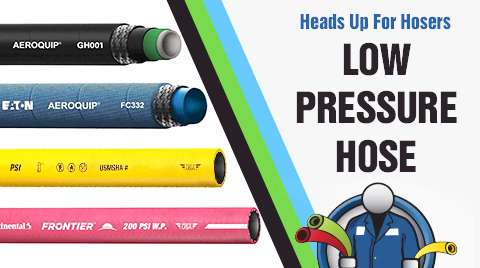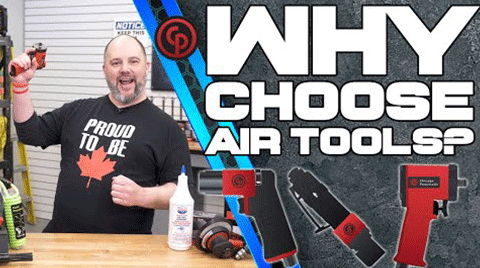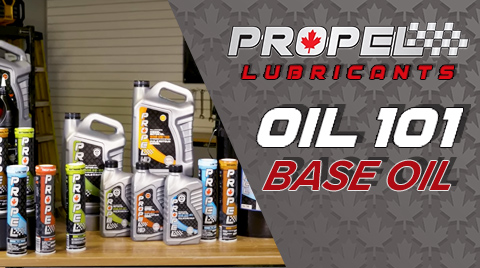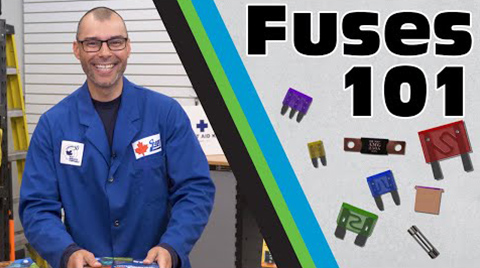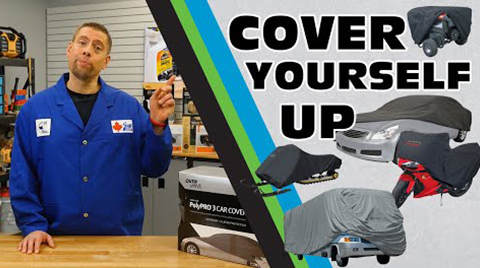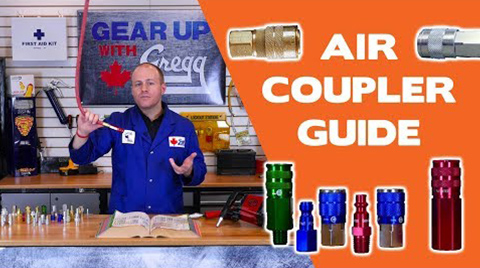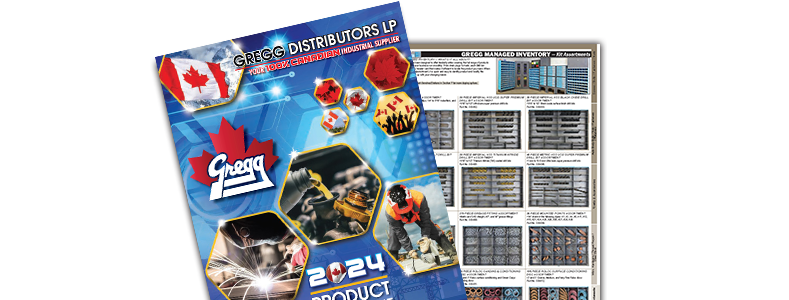Here in Canada, we are no strangers to the cold. Especially when normal winter temperatures range between -5°C and -20°C! This means that pipes and fittings routed through unheated areas in a building, such as basements, crawlspaces, or garages are at risk for freezing. One way to prevent frozen pipes is to install electric freeze protection cables, like these!
Freeze Protection Cables
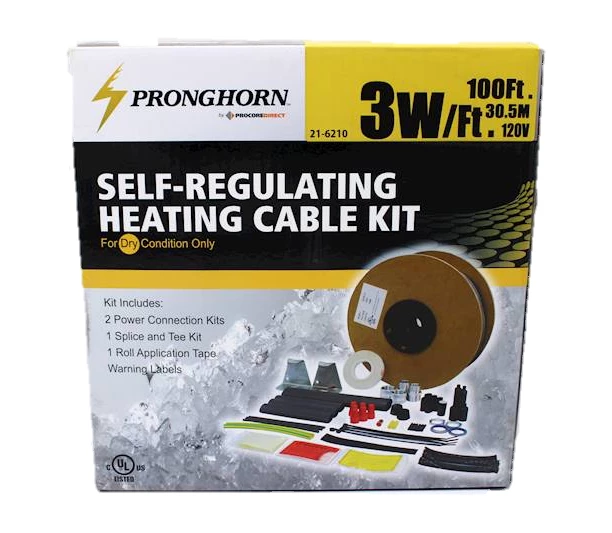
Freeze protection cables also called heat cables or heat tape, raise the ambient temperature in the pipe and prevent the water inside from freezing. The design of these types of cables allows them to be turned on and off automatically, which ensures that water will be flowing through your pipes even in temperatures as low as -40°C!
The key to the cables’ efficiency lies in the thermostat. The built-in thermostat saves energy by powering the cable on only when it is needed. By placing the thermostat on the coldest end of the pipe, and ensuring that the thermostat is making direct contact with the pipe itself, the Pronghorn freeze protection cables will only turn on when the temperature dips below 3°C.
How to Install Heating Cables?
Installation of a heating cable is easy, especially since the Pronghorn cables come in pre-assembled lengths, ready to attach to plastic or metal pipes.
To begin the installation, start by measuring the outer diameter of the pipe. If the pipe is more than 1.5”, you will need to find an alternative way to keep your pipes from freezing, such as extra insulation or a continuous-flow system.
Next, measure the length of the pipe, as this will determine how much cable you will need. Just remember that you do not need to account for extra cable length, because these cables will lay flat on the pipe. Whether you lay the cable on the top or the bottom of the pipe is up to you. However, heat does rise so the most common installation method is to put the cable on the bottom of the pipe. Remember to use the coldest end of your pipe for the thermostat and to make sure that you have good, direct contact.

Then secure the thermostat and the cable to the pipe with application tape or high-quality electrical tape at six-inch intervals. This will ensure that your cable does not shift or move when you add insulation. Make sure to apply the cable to the pipe in a straight line, do not spiral or overlap the cable—more on why down below. For better heat distribution on plastic pipes, it is recommended that you wrap the pipes in aluminum foil or aluminum foil tape before installing the cable. After that, add insulation to your pipe for additional heating, and to ensure the pipe stays at the right temperature. Adding insulation is as easy as wrapping the entire pipe and cable, including the thermostat, with fiberglass or another non-flammable insulation. If you are using foam, tube-style insulation, you will want to make sure that the sizing is one step up from where it would normally be to allow for the extra room taken up by the cable. So, for a 1” pipe, you will want to go with 1.25” insulation.
Finish by plugging the cable into a 120V GFCI protected outlet. The indicator light in the plug will glow to confirm that the cable has power. With that indicator light turned on, your freeze protection cable is fully installed and ready to keep your pipes warm!
What’s a GFCI outlet? GFCI stands for ground-fault circuit interrupter and it is designed to protect users against electric shock from an electrical system. A GFCI outlet will shut itself off after detecting a problem, and it should be familiar since you will often find these outlets in washrooms, kitchens, garages, and laundry areas.
Safety Tips!
The reason you do not spiral or overlap any cables that produce heat is that it could cause overheating and create a potential fire hazard. That is because the thermostat is your cable’s on/off switch, so if your cable is overlapping itself, and it gets cold the cable will start heating itself and not the pipe. This means that the point where the cable is touching will continue to get hotter, eventually leading to a melted cable, arcing, and possibly a fire. So, with that in mind, the length of your pipe will be the length of cable you need.
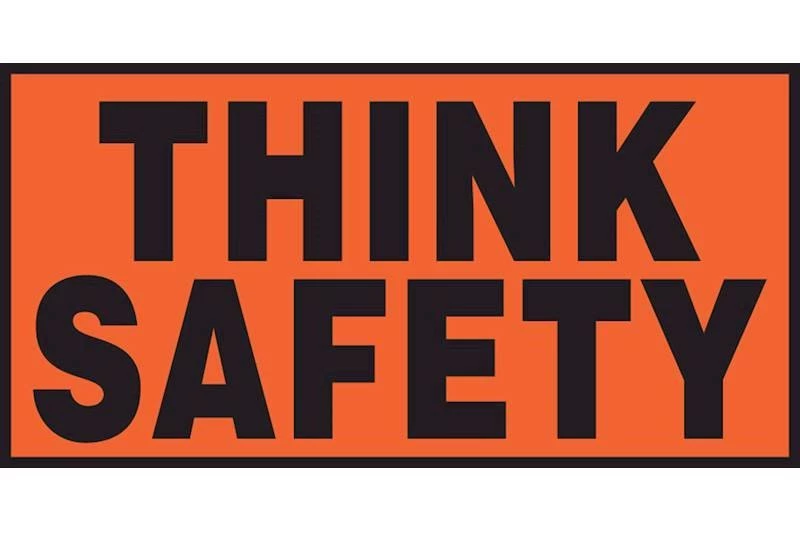
Another fire risk you want to be wary of is any materials near the pipe that may come into continuous or prolonged contact with the freeze protection cable. You want to be sure that these materials aren’t flammable, like wood, or you’ll have yet another fire hazard on your hands.
Once you have a fully installed heat cable, you will want to regularly inspect it for signs of damage or wear and tear. If the cable, or plug, seems damaged replace it immediately. A properly functioning heat cable will safely keep your pipes warm.
Now that you know the ins and outs of freeze protection cables shop our range of Pronghorn Freeze Protection and Heating Cables here! Or if you have any questions feel free to contact us here. In addition, make sure to subscribe to our email notifications so you can keep up to date with the latest going on here at Gregg's!



